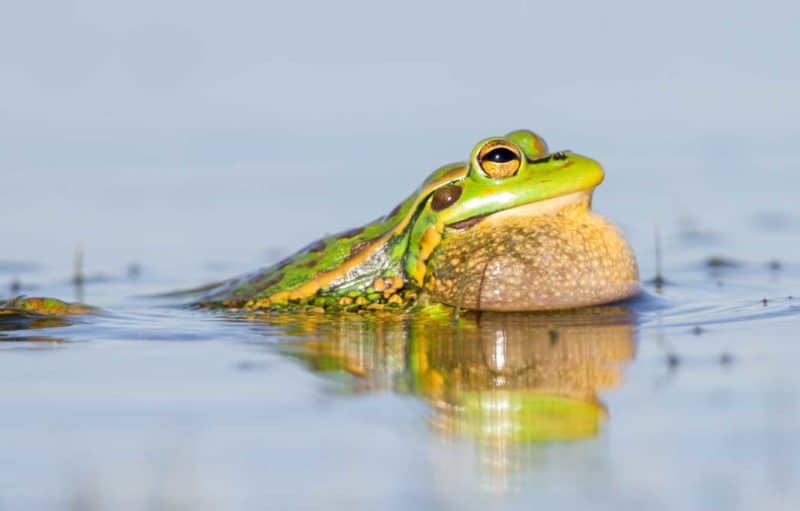TAKE ACTION 26 October 2021 |
NSW’s draft horse management plan aims to protect a large population of ‘heritage’ horses in Kosciuszko National Park along the NSW border with Victoria.
But feral horses don’t observe state boundaries or follow management guidelines.
The NSW feral horse population is the same group of around 8,500 horses that chew and generally trash the northern area of Victoria’s Alpine National Park. This plan will encourage herds of horses to continue to trample and destroy the habitats of tiny Alpine Tree Frogs, sensitive Alpine Spiny Crayfish, endangered skinks, the fuzzy native Broad-toothed Rat, and rare native fish.
The Victorian Government’s ambition to control horses will be an impossible task if NSW happily lets them breed along the shared border.
Take action for Victoria’s alpine habitat
Community feedback is now open. Please tell the NSW Government that we don’t want feral horses breeding indefinitely on the Victorian border.
We must remind our neighbours that:
- They have an obligation to protect our alpine parks from feral animals.
- Doing nothing only makes the feral horse problem worse – for both native wildlife and the horses.
- They have an obligation to co-operate on feral horse management with both the Victorian and Commonwealth governments.
You can read the full NSW draft strategy. You can use either or both of the series of points when you fill in the survey.
You can send your feedback directly to the NSW Government using this dedicated email address [email protected] or use the survey below*.
Add your voice to the NSW Government survey
The NSW decision is especially difficult to accept because:
- A Memorandum of Understanding for the management of Namadgi (in the ACT), Kosciuszko (in NSW) and our Alpine National Park calls for the interstate park agencies to work “in partnership to achieve excellence in conservation management”. NSW has betrayed this long-standing, sensible agreement.
- In 2020, Australia’s Federal Court accepted the scientific evidence of the damage horses inflict on alpine ecosystems, and ruled that the control of horse populations would not have any significant impact on the heritage values of the Australian Alps.
- The Federal Environment Protection and Biodiversity Conservation (EPBC) Act lists Alpine Sphagnum Bogs and Associated Fens as a nationally threatened ecological community, because vegetation removal, trampling and erosion caused by hard-hooved animals are a significant threat to these important alpine ecosystems.
- Horses are known to impact Aboriginal heritage sites along the Snowy River.
More information and resources
- You can find more information about feral horses, and many pictures of the damage they cause, in this Frequently Asked Questions on Feral Horses in Victoria.
- The NSW environment coalition ReclaimKOSCI have a comprehensive submission guide.
Make a quick submission by 2 November
View footage of the negative impacts of feral horses on stream banks and siltation of rare native fish habitat in the Pilot Wilderness Area, Kosciuszko National Park. Alpine streams, normally with a rocky bottom and intact grassy or mossy banks, are critical habitat for rare native fish. Siltation from horse impacts threatens their survival.
Please send a strong message to the NSW Government by Tuesday 2 November.
*If you do email directly please copy [email protected] into the message so we can track how many of our supporters have contributed feedback. The email address: [email protected]
Photo: Guthega Skink in Bogong High Plains | Zak Atkins
